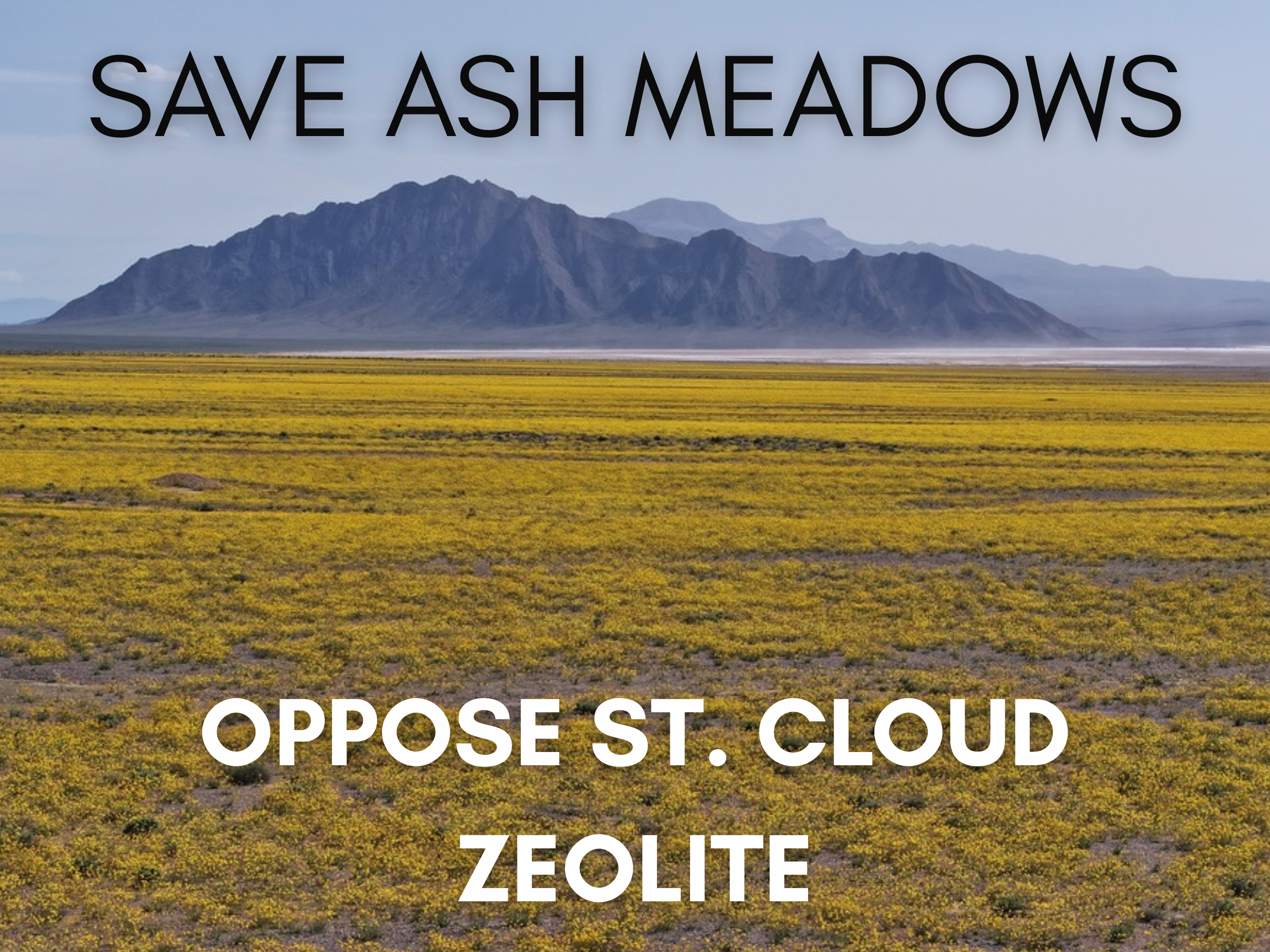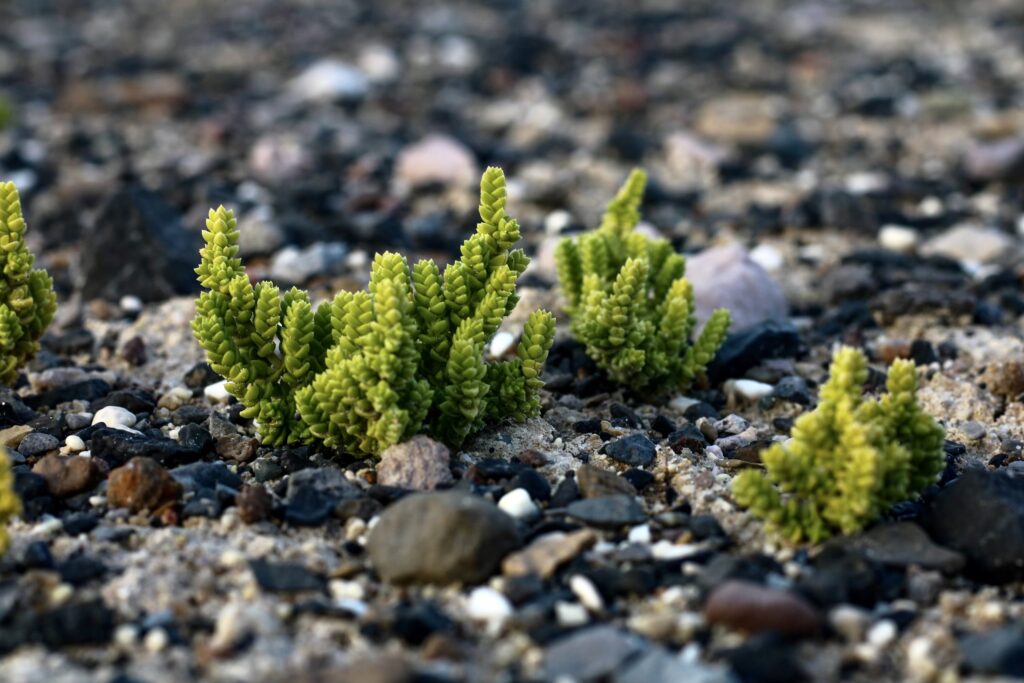For Immediate Release, October 16, 2025
| Contact: |
Patrick Donnelly, Center for Biological Diversity, (702) 483-0449, pdonnelly@biologicaldiversity.org |
Lawsuit Launched to Stop New Mining Exploration Near Nevada’s Ash Meadows
SHOSHONE, Calif.— The Center for Biological Diversity and Amargosa Conservancy filed a formal notice today of their intent to sue the U.S. Bureau of Land Management for violating the Endangered Species Act by permitting mining exploration next to Ash Meadows National Wildlife Refuge.
St. Cloud Mining’s Ash Meadows Mine is located near Death Valley Junction, California. The project would mine a low-value clay called zeolite, which is used for various applications including as kitty litter.
The exploration project proposes drilling 43 holes up to 200 feet deep, penetrating the water table that endangered animals and plants need to survive.
“The Ash Meadows Mine threatens the groundwater that sustains dozens of imperiled species and one of the crown jewels of our public lands, Ash Meadows National Wildlife Refuge,” said Patrick Donnelly, Great Basin director at the Center for Biological Diversity. “The BLM’s job is to protect biodiversity when permitting mining exploration. It can’t dodge the Endangered Species Act and we’ll go to court to make sure it follows the law.”
Mining exploration at Ash Meadows attracted national attention in 2023 when Canadian lithium miner Rover Metals proposed drilling dozens of holes on the north side of the wildlife refuge. A lawsuit prompted the recission of the BLM’s approval, which eventually led to a mineral withdrawal and Rover abandoning the project.
Nevada’s Nye County Board of Commissioners, along with the towns of Beatty and Amargosa Valley, have urged BLM’s California office to deny the St. Cloud project, warning that it could threaten the refuge and Nevada’s water resources.
Today’s legal notice concerns three federally protected plants — the Amargosa niterwort, Ash Meadows gumplant and the spring-loving centaury — that are reliant on groundwater and grow near the proposed drilling. They could face extinction if aquifer levels drop. The notice says the BLM failed to consult with the U.S. Fish and Wildlife Service on the project, as required by law.
“The Amargosa Basin is one of the most sensitive hydrological systems in the country,” said Mason Voehl, executive director of the Amargosa Conservancy. “A broad and powerful coalition rose up once to save Ash Meadows, and now we’re mobilizing again. The Amargosa is too special to take shortcuts on permitting.”


